It’s a common problem. You see tiny brown bugs in your bed and immediately begin panicking. Bed bugs are one of the most difficult parasitic bugs to get rid of and wreak all sorts of havoc. But before you go burning the house down, take a deep breath and try to get a closer look at those bugs.
There are a number of critters that can be mistaken for bed bugs but end up being something completely different upon closer inspection. Some fit into a category known as bed worms, while others get into your bed more or less accidentally. Many are actually close relatives of bed bugs.
Related: How to Find Bed Bugs
First off, here’s what a bed bug looks like:
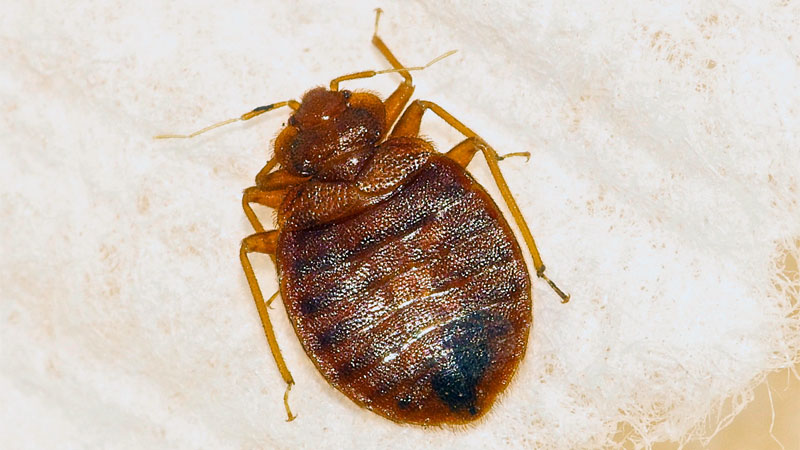
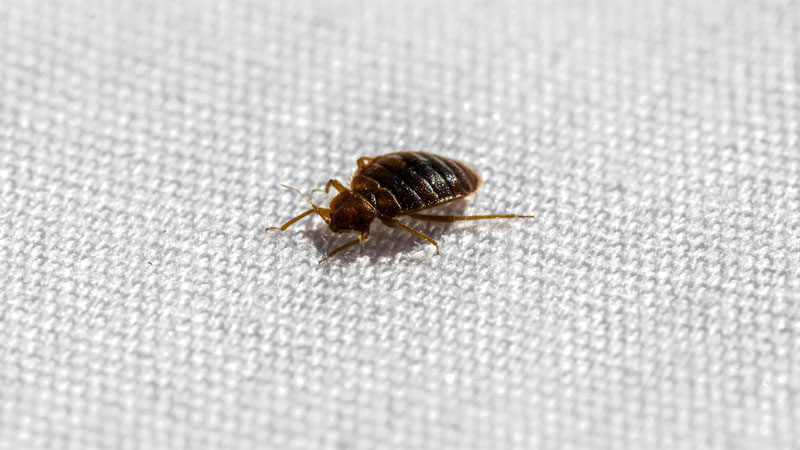
And below are 11 common bed bug look alikes.
See Also: How to Identify Bed Bug Feces
Bugs That Resemble Bed Bugs
#1 – Baby Cockroaches (Nymphs)
Insects can often be tough to distinguish from a distance, and cockroach nymphs are a great example of this. They’re slightly smaller than bed bugs and tend to be a bit lighter than the brown of an adult.
The also have rounder bodies and longer antennae, with less noticeable eyes. Of course, the coloration of a baby cockroach will likely be your preferred method of identification unless you want to get up close and personal.
See Also: 9 Bugs That Look Like Sesame Seeds and Poppy Seeds
#2 – Bat Bugs
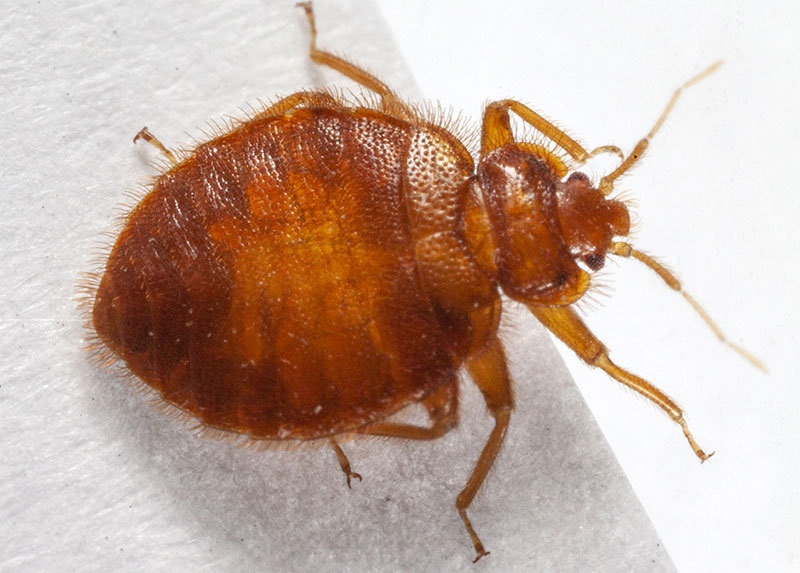
Identifying a bat bug can be frustrating because they’re nearly identical to bed bugs in every way. The key difference is that the little hairs on their thorax are smaller. Yep, that’s it.
But what makes them less common is the fact that they prefer feeding on bats and only turn to other species (such as humans) when their primary food source is unavailable. If you live near a colony of bats and find your home infested, it’s entirely possible they’re actually bat bugs.
#3 – Booklice
A book louse closely resembles bed bug nymphs, but their habits are quite different. Booklice feed off of mold, fungi, and insect corpses. As a result, they’re most often found behind wallpaper or around windowsills.
Booklice can be considered a beneficial critter, as it cleans up decaying matter and even pollen. However, having them is a sign of bigger problems, so you may wish to remove the need to have them.
#4 – Carpet Beetles
Adult carpet beetles have a mottled appearance, although their size and shape is otherwise similar to bed bugs. However, they live off of fibers and are generally harmless to humans.
Carpet beetle nymphs are smaller and considered a type of bed worm. However, once they reach adult stage, it’s unlikely to find them actually in your bed.
#5 – Chimney Swift Bugs
A close relative of bed bugs, you won’t know the difference by sight. As with bat bugs, the chimney swift bug is a close relative. These critters can scale smooth surfaces, are diurnal, and only appear during the summer.
Luckily, the host chimney swift’s habits are a dead giveaway. Unlike bed bugs, chimney swifts prefer living in walls and chimneys. This makes both them and their parasites more difficult to get rid of.
#6 – Fleas
Fleas are perhaps one of the most common little vampires in the world. They prefer feeding off of your pets, but have no problem latching on to humans as well. Unlike apple seed shape of bed bugs, the flea is flattened along its vertical axis and come in many flavors.
Know that flea poop is very similar to bed bug poop so where you find it is the biggest clue as to which pest you’re dealing with. Fleas prefer being around your pets while bed bugs prefer being around you (and your bedding). Flea bites are also similar to, but not identical to, bed bug bites.
They’re hard to spot, are incredible jumpers, and can survive for up to two years in hibernation when there’s no blood available. Eating plenty of garlic in your diet will actually repel fleas that get in your bed,. However, this is not possible for cats and dogs for which garlic is toxic.
Related: 15 Bugs That Look Like Fleas
#7 – Lice
There are three species of lice, all of which affect different parts of a human’s body. The most famous is head lice, although body lice can transmit disease. Pubic lice are the third type and make life less fun.
In all three cases, lice feed on human blood and tend to remain on the body or in clothing. If you’re getting bites even when not in bed, you may well have a lice problem.
#8 – Mites
Mites make up a huge percentage of household arachnid pests. Some, such as dust mites, are generally too small to notice. However, some species of mite are larger than bed bugs.
The two biggest distinguishing features are the eight legs and generally round, unsegmented bodies that all mites share. Most species of mite feed on shed human skin cells, although some prefer fungus and others (such as spider mites) are vegetarian.
#9 – Spider Beetles
Spider beetles look very similar to bed bugs but have some important differences. They’re a little thinner, rounder, and have long antennae that resemble a fourth set of legs (hence the name).
Thankfully, spider beetles are largely harmless and feed off of dead matter and debris. An infestation may be the sign of a bigger problem, however.
#10 – Swallow Bugs
Another close relative of bed bugs, swallow bugs mainly infest cliff swallows, but are also known to target barn swallows. These bugs are incredibly similar to bed bugs in appearance, but not behavior.
These bugs lay their eggs when swallows are getting ready to leave the nest in summer, and will hatch in late winter to early spring in anticipation or their hosts’ return. If this doesn’t happen, they’ll go after other sources of blood nearby, including humans.
It’s safe to say you probably have swallow bugs if you had a barn swallow problem the previous year.
See Also: 11 Bugs That Look Like Earwigs
#11 – Termites
It’s not often you’ll find termites in your bedsheets, but they can wind up there in a few instances. For example, you might spot the shed wings of alates if your bed’s near an open window.
It’s also possible a termite fell onto your while burrowing through your ceiling (which is not unusual in a heavy infestation). Finally, they could be attacking the bedframe if it’s made of wood.
While close inspection will show termites and bed bugs look nothing alike, that’s not to say they’ll stick around once spotted. If you startle one, she’ll move fast enough you might not notice the more oval body.
#12 – Ticks
Ticks are bed bugs on opposite day. They’re arachnids that live outdoors, prefer animal blood, and inflate when full. Meanwhile, bed bugs are insects that prefer the indoors, love human blood over pets, and turn darker when full.
Be wary of ticks, as they are a primary vector of Lyme disease.
#13 – Weevils
You might not expect to run into weevils in the bedroom. After all, these pantry pests have such fancy names as “flour beetle” and “rice beetle”. Unfortunately, these common pests are masters at infesting dry food products before they even reach your home.
That package of crackers you were snacking on may have contained weevils, allowing them to get into your bed. They might also have wandered in from the kitchen while searching for food.
Bonus: 4 Common Allies Against Bed Infestations
While these critters aren’t all that can wind up in your bed and can be very different from bed bugs, there are four very common tricks to help get rid of them all if you feel you’ve been exposed to them.
Alcohol
You have to be careful with isopropyl or rubbing alcohol, as these two similar substances can discolor fabrics. However, they work really well when sprayed over cracks and crevasses.
They dehydrate the bugs and kill them, as well as disinfecting the surfaces they’re sprayed on. While alcohol won’t stop a bed bug infestation on its own, any bug directly hit will be affected.
Witch hazel is another relative that’s safe for use on carpets and mattresses and has been a secret weapon of professional groomers for generations as a means to safely remove blood if a dog’s quick is nipped. Always test a tiny area with these types of alcohol before using them to ensure you don’t ruin a fabric or finish.
Read Also: Bed Bug Facts vs Fiction
Garlic & Essential Oils
These are excellent forms of bed bug repellent. Garlic can be ingested to protect yourself from bites, while a mix of essential oils can be sprayed onto the mattress and other surfaces to repel or even kill a wide range of critters.
Just don’t let your pets ingest any of these substances, as they can be toxic to many species, including cats and dogs.
Heat
One of the deadliest weapons, heat can kill just about anything. Unfortunately, it can also destroy your belongings. Exterminators will tent a house and use heat treatment in extreme cases of be bug infestations.
However, a more practical solution is to throw your bedding and clothes into a high temp dryer and run it a few times. You can also use a steam cleaner to send heat deep into the box springs, mattress, and carpeting.
Not only does this get surfaces far cleaner than a regular vacuum, the intense head will kill many types of bugs.
Vacuuming
Hoover could have gone into pest control. A vacuum with good suction and any form of edge attachment can allow you to suck the bugs out of cracks and crevasses, as well as off of your mattress. Even better, combine vacuum and heat by renting a steam vac as mentioned above.
These wonderful tools not only kill all sorts of pests, they help deep clean the mattress so you have a healthier sleep experience. Just remember to carefully dispose of any bags or canisters to avoid escapees.
- How to Get Rid of Hawks - March 8, 2024
- How to Get Rid of Pill Bugs (Rolly Pollies) - March 1, 2024
- How to Get Rid of Groundhogs (Woodchucks) - February 5, 2024
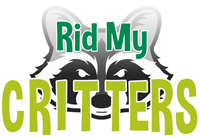
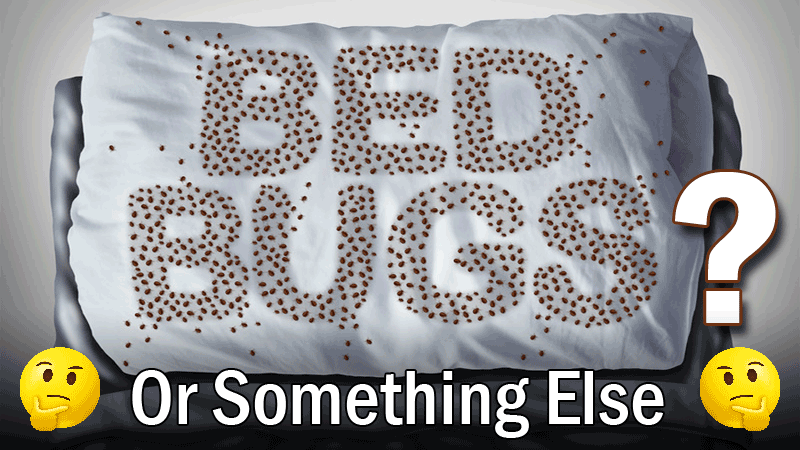
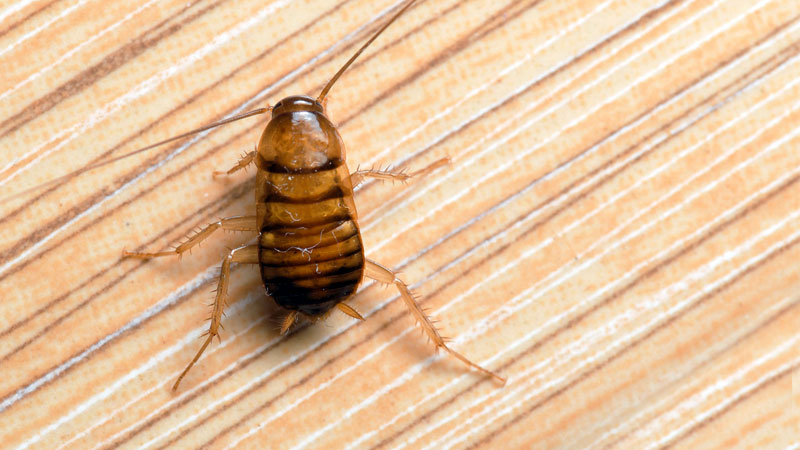
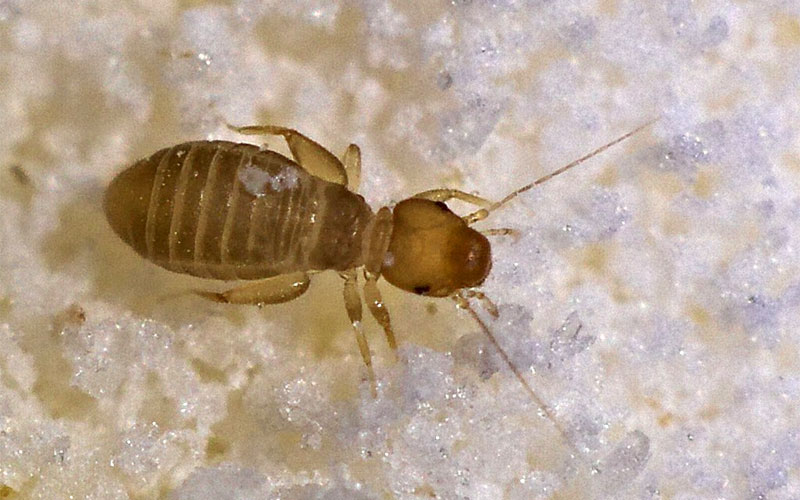
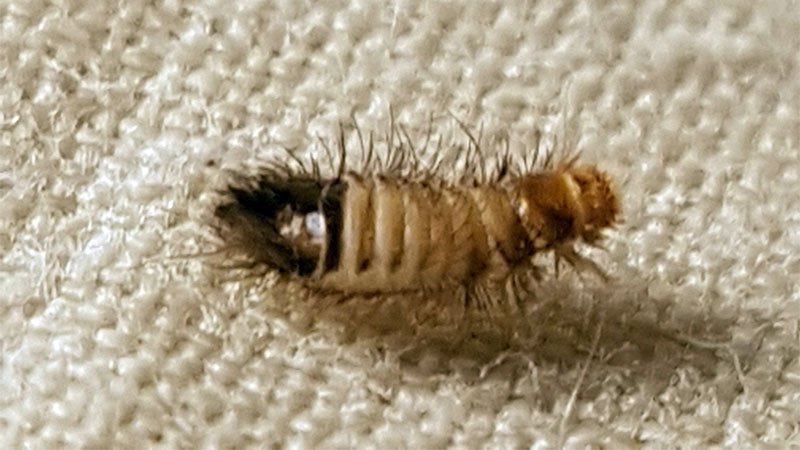
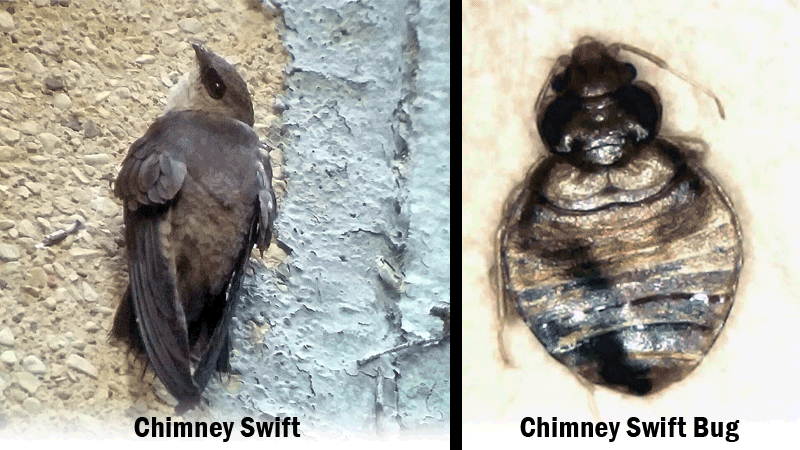
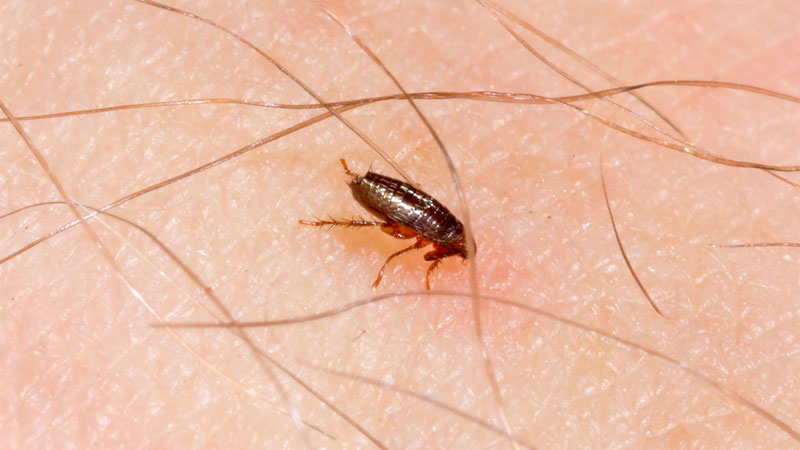
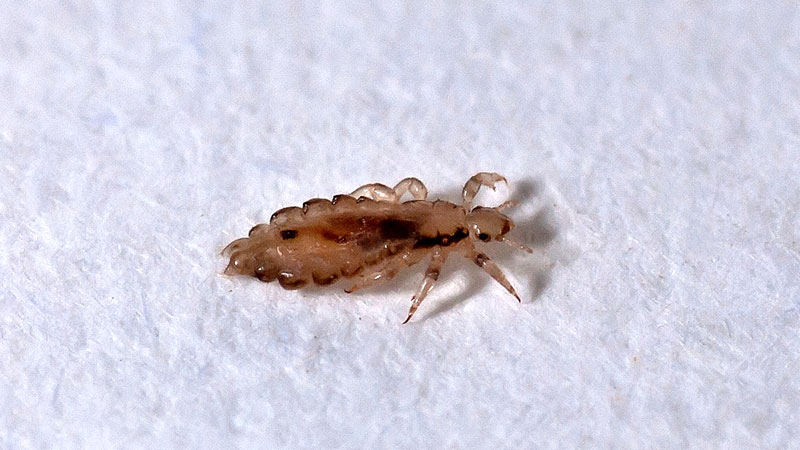
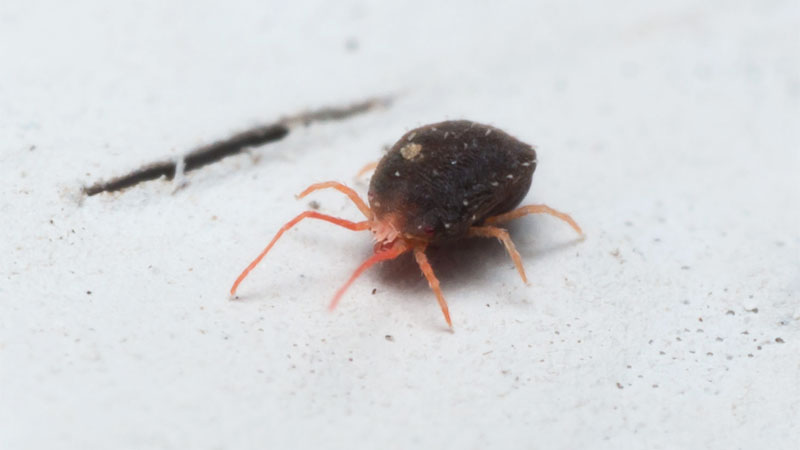
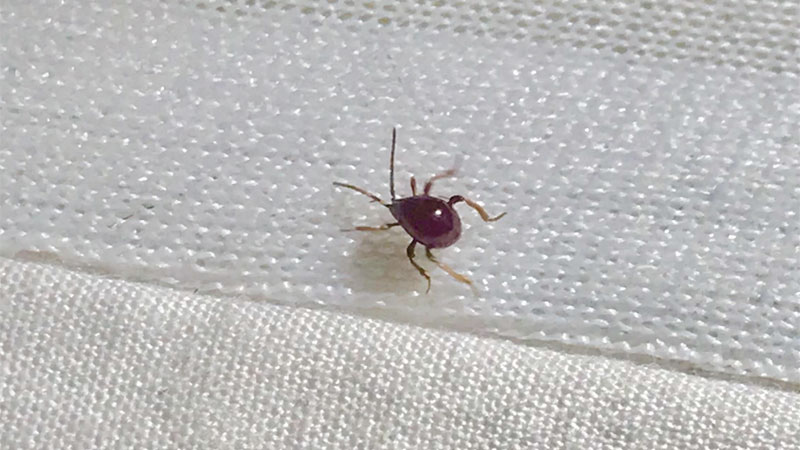
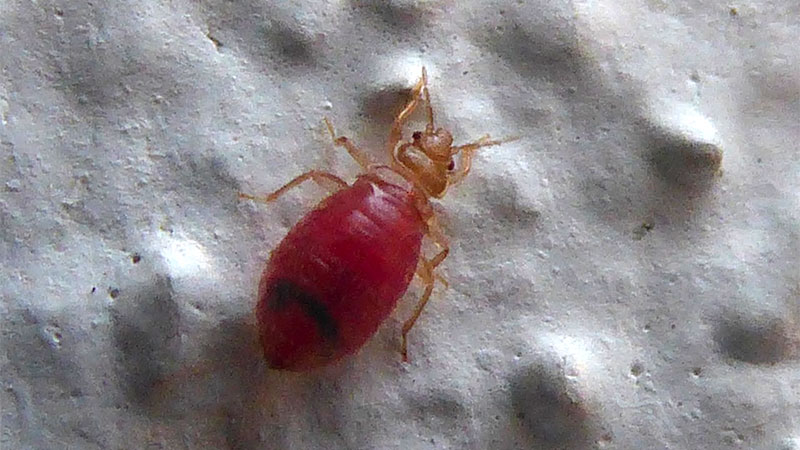
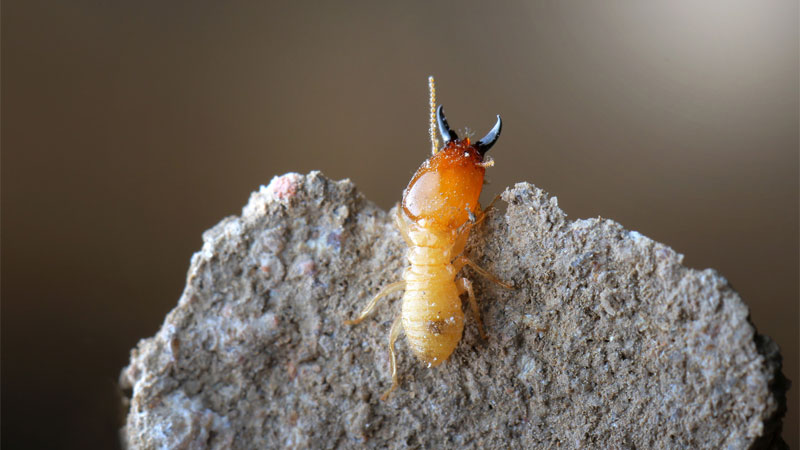
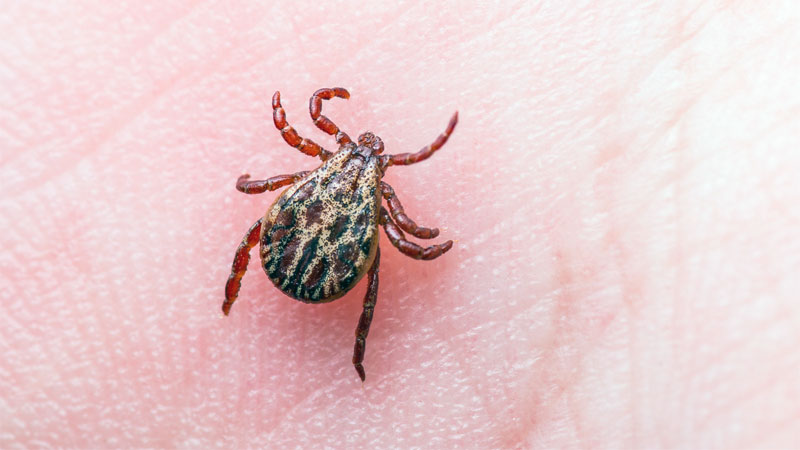
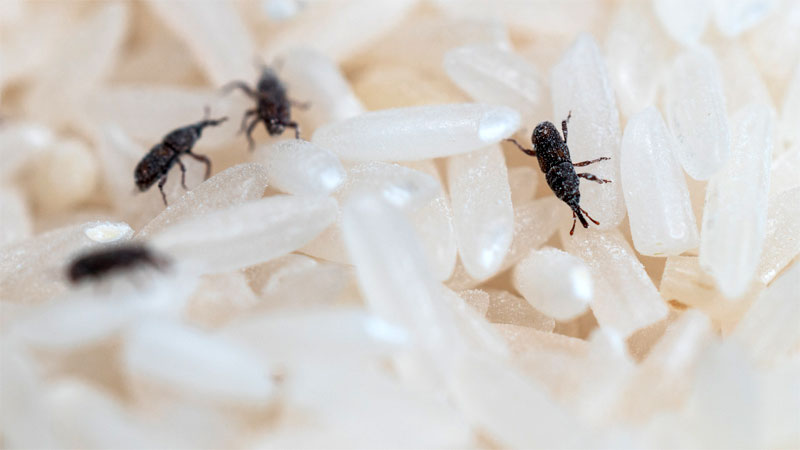
Really strange mystery maybe you can help me solve. For the past few days, there are times I notice the sensation of some thing crawling on my arm. I turn my arm over, and there are 3 or 4 teeny tiny bugs on my wrist. Two days ago, I noticed they were all along my hairline in the back of my head (sensation of bugs, crawling and my daughter saw them). I have stripped sheets, washed in hot water, and dried on high heat, used lice treatment, vacuumed, and steamed my mattress with my iron on steam setting. I woke up this morning and got dressed, and found three bugs on my inner wrist again. They’re so tiny… they’re even smaller than a fleck of pepper. Any ideas of what it could be and what is causing this? Oh, also, there is no evidence of bites from these bugs. Even though my daughter lives with me, she’s not experiencing this. I do have a dog who gets monthly flea and tick treatments as well as monthly worm meds. My dog exhibits no signs of itching or scratching.